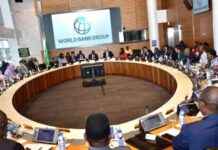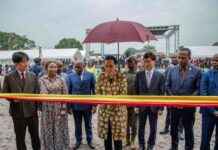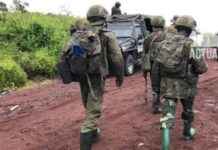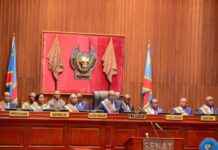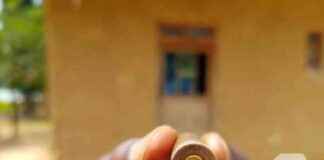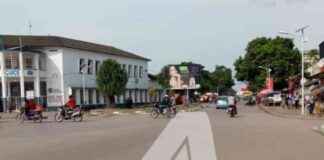The recent power outage in Goma, a city in the North-Kivu region of the Democratic Republic of Congo, has had severe consequences, especially for hospitals and healthcare facilities. For over a week, the entire city was plunged into darkness due to the disruption of electricity supply networks caused by ongoing conflicts in the western and northern parts of the region. This blackout also affected water supply to the city, compounding the challenges faced by healthcare providers in attending to the hundreds of war-wounded patients.
According to the International Committee of the Red Cross (ICRC), the lack of electricity and water has led to significant disruptions in medical services, particularly in operating theaters. This situation has tragically resulted in some patient deaths. Hospitals struggled to maintain essential hygiene standards for infection control, and some were unable to provide life-saving interventions or surgical procedures due to the lack of necessary equipment, lighting, and sterilization tools. Additionally, power outages disrupted the functioning of drug storage facilities and morgue refrigeration units.
In response to this crisis, the ICRC collaborated with a local electricity supplier to restore power to 70% of Goma. This effort enabled the reopening of the Kyeshero water pumping station, which supplies water to several neighborhoods in Goma and various medical facilities, including the CBCA Ndosho hospital. However, further repairs are needed on other transmission lines to fully restore power supply to the entire city.
Moreover, the interruption of the water supply system forced residents to seek untreated water directly from the lake, exposing them to waterborne diseases such as cholera, which is endemic in the region. The lack of access to clean water has exacerbated the health risks faced by the population, adding to the challenges posed by the prolonged power outage.
Impact on Healthcare Services and Patient Care
The prolonged power outage in Goma has had a devastating impact on healthcare services and patient care in the region. Hospitals and medical facilities have struggled to provide essential treatments, surgeries, and critical care services due to the lack of electricity. The inability to maintain proper hygiene standards and sterilization practices has increased the risk of infections and complications for patients, leading to avoidable deaths and poor health outcomes.
Dr. Jane Doe, a local physician working in one of the affected hospitals, expressed her concerns about the challenges faced by healthcare providers during the power outage. “As medical professionals, we are committed to saving lives and providing quality care to our patients. However, the lack of electricity has severely hampered our ability to deliver essential medical services, putting the lives of our patients at risk,” she stated.
The disruption of medical equipment, refrigeration units, and lighting systems in hospitals has further compounded the difficulties faced by healthcare workers in Goma. Without access to reliable power supply, medical teams have struggled to perform surgeries, monitor patients, and store medications effectively, leading to compromised patient care and treatment outcomes.
Humanitarian Response and Ongoing Challenges
In the midst of this crisis, humanitarian organizations like the ICRC have been working tirelessly to address the urgent needs of the population in Goma. By restoring power to critical infrastructure like water pumping stations and medical facilities, these organizations have helped alleviate some of the immediate challenges faced by residents and healthcare providers in the city. However, the road to full recovery remains long and arduous, as additional repairs and improvements are needed to ensure the sustainable functioning of essential services.
As the region continues to grapple with the aftermath of the power outage, efforts to improve infrastructure, strengthen healthcare systems, and enhance emergency preparedness are crucial. By investing in reliable power supply networks, water treatment facilities, and healthcare infrastructure, stakeholders can better equip communities to withstand future crises and ensure the continuity of essential services during emergencies.
Despite the challenges posed by the recent power outage in Goma, the resilience and resourcefulness of the local population and humanitarian responders offer hope for a brighter future. By coming together to address the immediate needs of the community and build more resilient systems for the future, stakeholders can create a safer, healthier environment for all residents of Goma and the surrounding regions.




